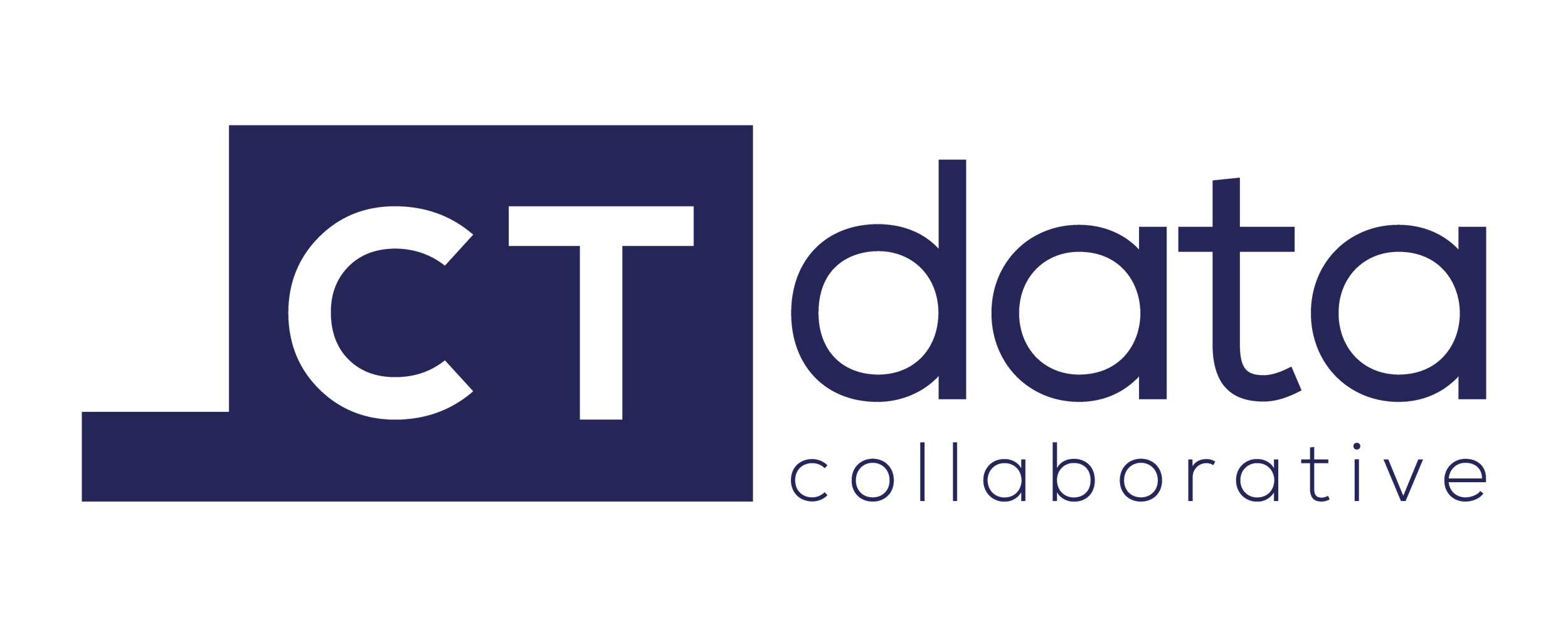2020 Presidential Election: Our Findings
The 2020 presidential election was unlike any in recent history. With political tensions, appalling injustice, and a global pandemic, people and organizations across the state navigated many challenges to promote a fair and accessible election. To learn more about the general election, absentee voting, and party affiliation, CTData analyzed election data from Connecticut’s Secretary of the State.
General Election Stats
Over 1.8 million Connecticut residents voted in 2020, compared to 1.6 million in 2016, representing a 10% increase in voter turnout. Last year, CTData received a Civic Engagement grant from the Hartford Foundation for Public Giving (HFPG) to expand Get Out The Vote efforts, especially in towns with a high percentage of unregistered voters. Over half of the towns served by HFPG saw an increase in voter turnout above the overall Connecticut increase of 10%. The highest increases were seen in towns such as Ellington, Windsor Locks, and Suffield.
In the 2020 election, 55% of Connecticut voters identified as female, while making up only 51% of the population. Over 100,000 more female residents voted compared to male residents, which is consistent with national studies of voter turnout by gender. Since 1984, voter turnout rates of women have been slightly higher than those of men.
The map below shows the change in registered voters in HPFG towns from September 2020 to April 2021 by census tract. Most tracts in HFPG towns saw an increase in registered voters.
The next map shows voter turnout by census tract, as a percentage of registered voters. Voter turnout was over 83% in all tracts within Andover, Bolton, and Granby.
Using overall population data of Connecticut residents aged 18 and over as a proxy for the number of eligible voters, the proportion of voters from each age group is similar to the proportion of each age group in the Connecticut population. Percentages that do not add up are due to rounding.
38% of Connecticut voters identified as Democrat, 23% as Republican, and 39% as Unaffiliated.
Absentee Voting
Covid-19 has changed the way we live our day-to-day lives, from wearing a mask to protect others to celebrating holidays through video calls. Unsurprisingly, the pandemic also impacted how voters cast their ballots in the 2020 election. In 2016, only 8% of Connecticut residents voted through an absentee ballot. In 2020, as a result of successful initiatives, meetings, and bills, 36% of residents voted through an absentee ballot, representing a tremendous increase from 2016. 45% of Democrat voters voted through an absentee ballot compared to 33% of Unaffiliated voters and only 25% Republican voters.
Absentee voting by age illuminated another trend—in 2020, nearly 2 in 3 voters aged 80+ and half of voters aged 70-79 voted through an absentee ballot. This is not surprising when considering the heightened risk of death from Covid-19 in older adults.
Party Affiliation
Democrats made up the majority of voters in Connecticut who are not unaffiliated—in 2020, 38% of voters identified as Democrat, 23% as Republican, and 39% as Unaffiliated. When considering only voters affiliated with a party, this represents a voter base of approximately 62% Democrat and 38% Republican (We recognize that there are other political parties that are not included in our analysis).
Party affiliation varies greatly by town. In Hartford and New Haven, 72% and 70% of voters identified as Democrats, respectively, compared to only 18% and 20% in Sterling and Oxford. The chart below shows the towns in Connecticut with the highest percentage of Democratic voters.
The data also shows differences in party affiliation by gender. 43% of female voters identify as Democrat compared to only 32% of male voters. On the contrary, 29% of male voters identify as Republican compared to only 19% of female voters. Again, these numbers reflect the research conducted on a national level.
Party affiliation varies by age as well. When looking at voters who are affiliated with either the Democrat or Republican party, voters aged 18-39 are more likely to identify as Democrat, while voters aged 50-69 and 80+ are more likely to identify as Republican.
For More Information
Learn more about voters in our state on our Get Out the Vote Data page. If you are interested to learn more about CTData, check out what we do and the services we provide. For training and tips on how to use data to inform your personal and professional life, register for one of our CTData Academy workshops or browse our blog. You can keep up with us by subscribing to the CTData newsletter and following us on Twitter, Facebook, and LinkedIn.


